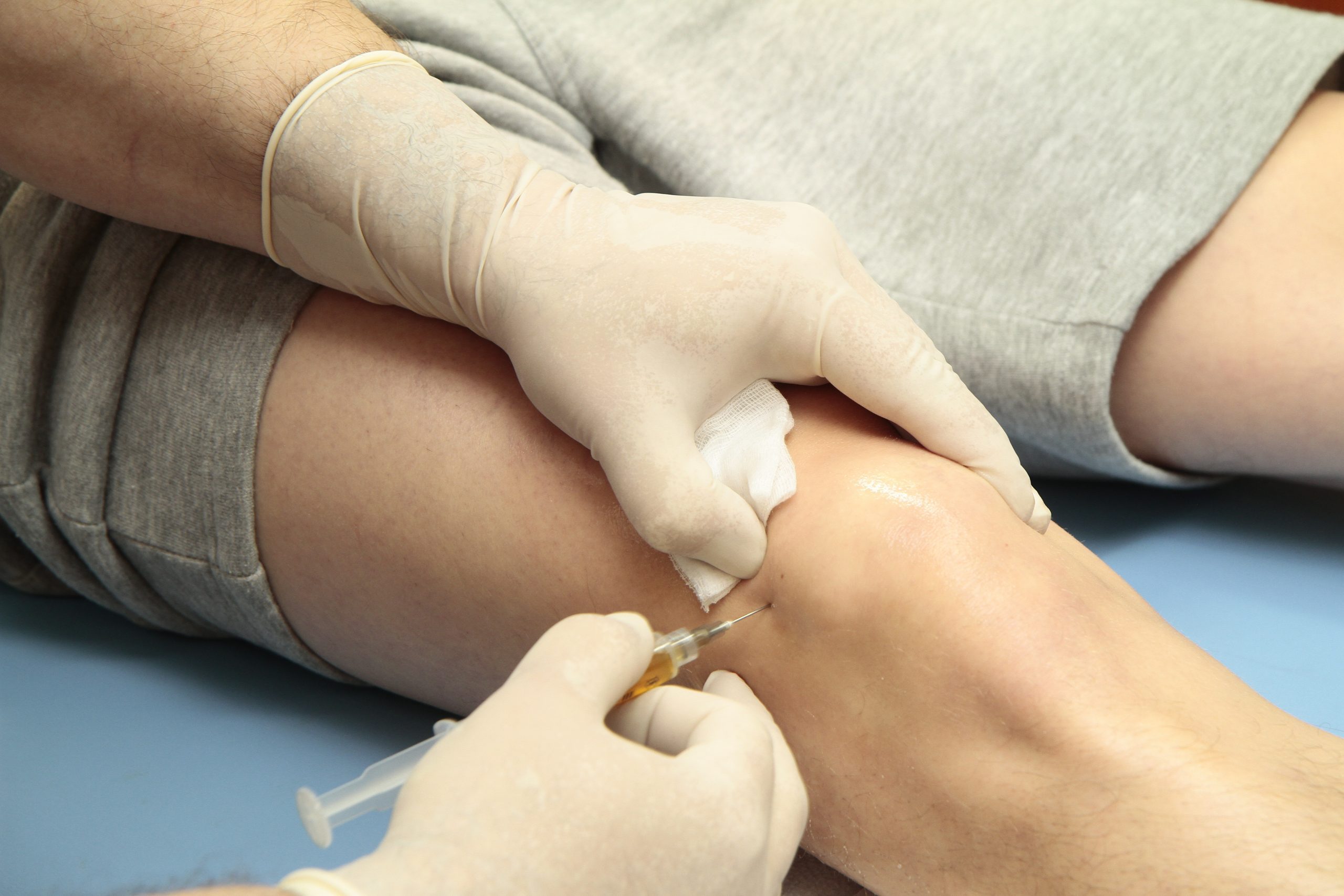At London Cartilage Clinic, we are committed to offering our patients the latest advancements in treatment options for knee pathologies, including osteoarthritis and other degenerative conditions. Two popular non-surgical treatments that have shown effectiveness in managing knee pain and improving function are Platelet-Rich Plasma (PRP) injections and cortisone (steroid) injections. This article is designed to provide you with a clear understanding of both treatments, helping you make an informed decision about which might be the best option for your knee issues.
Understanding Knee Pathologies
Knee pathologies such as osteoarthritis involve the degeneration of joint cartilage and the underlying bone, leading to pain, stiffness, and swelling. These conditions can significantly impact your daily life, limiting mobility and affecting overall quality of life. Effective management of knee pathologies focuses on reducing symptoms, improving joint function, and slowing down the progression of the disease.
What are PRP Injections?
PRP injections involve the use of a patient’s own blood components to promote healing of injured tendons, ligaments, muscles, and joints. The process involves drawing a small amount of the patient’s blood, centrifuging it to concentrate the platelets, and then injecting this platelet-rich plasma into the affected knee. The growth factors in the platelets stimulate natural healing processes, potentially repairing damaged tissue and reducing inflammation.
What are Cortisone Injections?
Cortisone injections are a type of steroid injection that can provide rapid relief from inflammation and pain in the knee joint. Cortisone is a powerful anti-inflammatory medication that, when injected directly into the affected area, can alleviate symptoms of arthritis and other knee conditions. These injections are known for their quick action and can be a part of a broader treatment plan.
 Cartilage
Cartilage Knees
Knees




